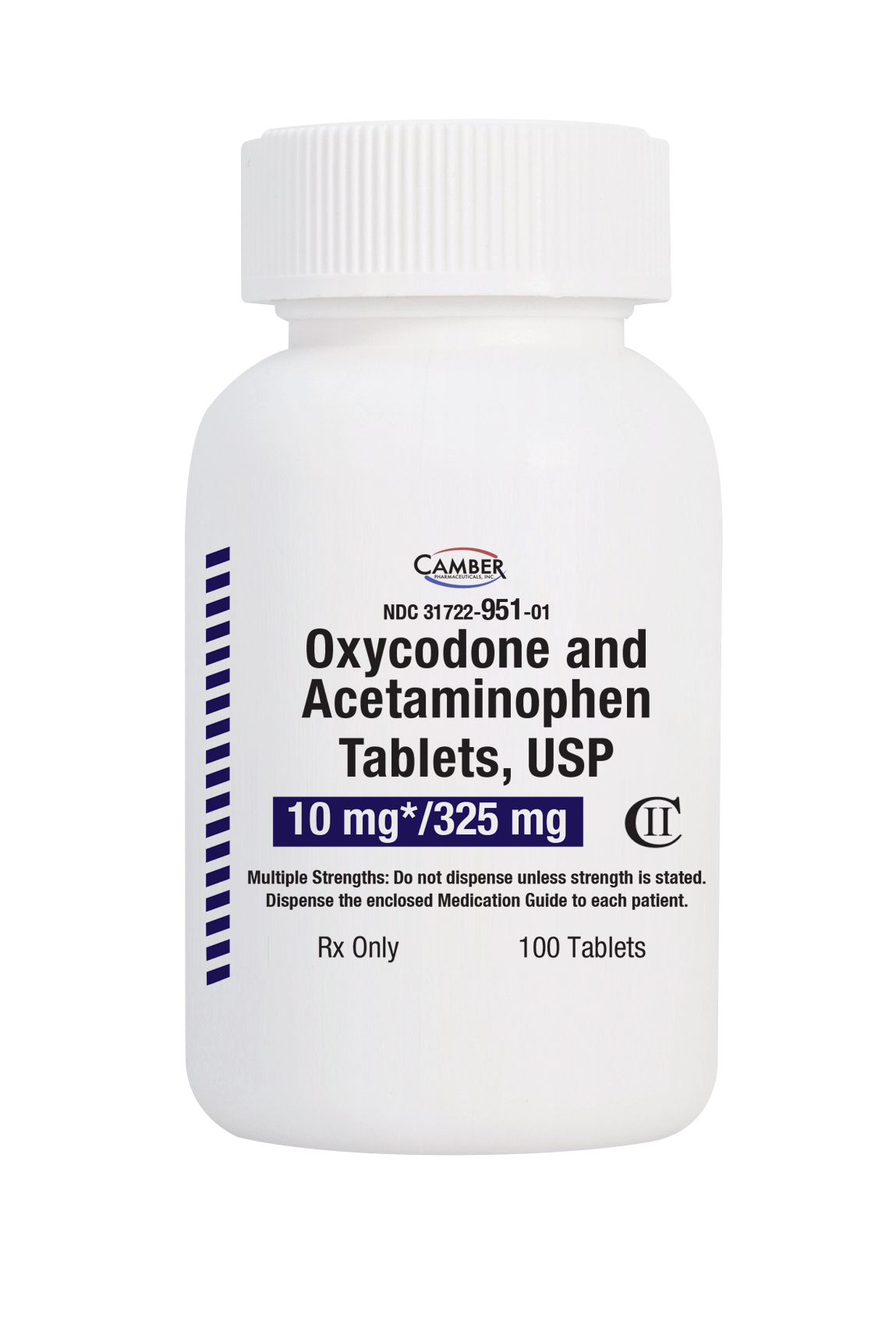Exploring the Different Clinical Usages and Effects of Oxycodone suffering Management
Oxycodone, a powerful opioid analgesic, has long been a keystone in the administration of modest to extreme pain. Allow's untangle the multifaceted landscape of oxycodone in pain administration to get a thorough understanding into its utility and effect.

Discomfort Alleviation Device of Oxycodone
Oxycodone exerts its analgesic results largely through its activities on the main nerve system, especially by binding to opioid receptors in the mind and spinal cord. By binding to these receptors, oxycodone alters the perception of pain, leading to a decrease suffering feeling. Buy Oxycodone online. The drug acts as an agonist, activating mu, kappa, and delta opioid receptors, which are distributed throughout the main nerve system. This activation prevents the release of natural chemicals associated with pain signaling, such as material P and glutamate, while also advertising the launch of repressive neurotransmitters like gamma-aminobutyric acid (GABA)
Furthermore, oxycodone not only regulates discomfort perception but additionally affects psychological actions to pain. The medicine can generate sensations of euphoria and leisure, adding to its high capacity for misuse. Understanding the specific mechanism of oxycodone's activity on the main nerve system is crucial for medical care carriers to optimize its use suffering management while lessening the risks connected with its capacity for addiction and abuse.
Kinds Of Pain Problems Dealt With
In the world of discomfort management, different sorts of pain problems gain from the targeted analgesic results of drugs such as oxycodone. Oxycodone is typically suggested for the treatment of moderate to extreme discomfort, making it an important tool in managing severe pain following surgical procedures, injuries, or medical procedures. Additionally, oxycodone is made use of in chronic discomfort problems such as cancer-related discomfort, neuropathic discomfort, and bone and joint discomfort disorders like osteo arthritis or fibromyalgia.
Furthermore, oxycodone works in managing advancement discomfort episodes in clients already on perpetual opioid therapy. Innovation discomfort describes unexpected, intense flares of discomfort that take place regardless of recurring pain management. By supplying fast discomfort relief, oxycodone assists improve the lifestyle for people struggling with conditions like cancer cells, where discomfort control is critical for overall well-being.
In palliative treatment settings, oxycodone plays a vital function in making sure comfort and self-respect for terminally unwell patients experiencing serious discomfort. Its effectiveness and flexibility in application make it a beneficial alternative for tailoring discomfort administration to individual person needs throughout a spectrum of pain problems.
Possible Negative Effects and Dangers
Typically observed in individuals making use of medicines for pain management, prospective adverse effects and risks connected with these treatments call for careful consideration and tracking by health care providers. Oxycodone, a powerful opioid typically suggested for modest to serious pain, can bring about different negative effects. Usual adverse effects of oxycodone include irregularity, queasiness, lightheadedness, and sleepiness. These impacts are commonly manageable but can be aggravating for people. In many cases, more major side websites impacts such as respiratory anxiety, allergic responses, and reliance may happen, requiring instant medical attention.
Additionally, the lasting use oxycodone can cause resistance, where higher dosages are needed to accomplish the very same degree of pain relief. This can potentially raise the risk of overdose and dependency - Buy Oxycodone online. People with a history of substance misuse site or mental health problems are at a greater risk of experiencing these damaging impacts
Health care companies need to meticulously evaluate the risks and benefits of oxycodone treatment for every specific client and monitor them carefully to minimize potential adverse effects and dangers connected with its usage.
Dosage Guidelines and Management
Provided the possible adverse effects and dangers connected with opioid medicines like oxycodone, doctor have to develop clear dose guidelines and correct management procedures to make certain reliable and safe pain management for people. The dose of oxycodone ought to be individualized based upon elements such as the client's age, weight, case history, and the intensity of pain. Usually, the first dosage for opioid-naïve individuals is 5-15 mg every 4 to 6 hours as needed for pain. It is essential to begin with the least expensive efficient dose and titrate slowly to accomplish appropriate discomfort alleviation while decreasing side effects.
Healthcare providers should frequently reassess the patient's discomfort degrees and adjust the dosage accordingly. Oxycodone is generally available in immediate-release and extended-release formulas, and the dosing routines vary between the 2.

Patient Education and Surveillance
Individuals prescribed oxycodone for discomfort monitoring ought to get extensive education and learning on appropriate drug usage and must undertake normal surveillance to ensure efficient and safe treatment results. Person education plays an essential duty in the secure use of oxycodone, as it equips people to recognize the medicine's prospective benefits, dangers, and side results. Medical care carriers should inform patients on the importance of taking oxycodone exactly as recommended, avoiding alcohol and other central nerves depressants, and identifying signs of opioid overdose. Furthermore, clients ought to be educated regarding proper storage space of the medication to avoid abuse or unintentional ingestion by others.
Routine tracking is necessary to assess the patient's action to oxycodone therapy, determine any type of arising side impacts or issues, and assess the demand for dosage modifications. This monitoring may include regular follow-up consultations, urine medication screenings to keep an eye on adherence straight from the source and find prospective abuse, and routine evaluations of the therapy strategy to make certain optimum pain administration outcomes while lessening the danger of opioid-related damage. By providing thorough education and learning and carrying out regular tracking protocols, health care companies can promote the reliable and safe use oxycodone in discomfort management.
Final Thought
To conclude, oxycodone is a powerful opioid medication generally used in discomfort monitoring for different problems. Its device of activity involves binding to opioid receptors in the brain and spine to ease discomfort. While efficient in providing pain relief, oxycodone is connected with potential negative effects and dangers, necessitating mindful dosage standards, management, individual education and learning, and checking to ensure reliable and risk-free use in clinical practice.
In the world of discomfort management, various types of discomfort problems benefit from the targeted analgesic results of drugs such as oxycodone. Oxycodone is generally suggested for the treatment of modest to serious pain, making it an important device in handling severe discomfort adhering to surgical procedures, injuries, or clinical procedures. Additionally, oxycodone is utilized in persistent discomfort conditions such as cancer-related discomfort, neuropathic pain, and musculoskeletal pain problems like osteo arthritis or fibromyalgia.
Innovation discomfort refers to sudden, extreme flares of pain that take place despite recurring discomfort monitoring. By giving fast discomfort alleviation, oxycodone aids improve the quality of life for individuals suffering from problems like cancer, where pain control is vital for overall health.
Comments on “Necessary Info for Those Aiming To Buy Oxycodone Online”